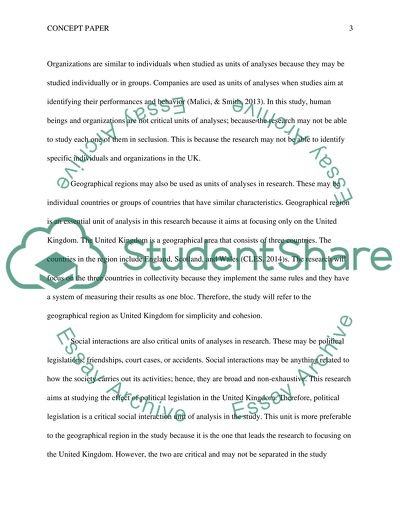Cite this document
(“Concept Paper Essay Example | Topics and Well Written Essays - 1750 words”, n.d.)
Concept Paper Essay Example | Topics and Well Written Essays - 1750 words. Retrieved from https://studentshare.org/social-science/1693367-concept-paper
Concept Paper Essay Example | Topics and Well Written Essays - 1750 words. Retrieved from https://studentshare.org/social-science/1693367-concept-paper
(Concept Paper Essay Example | Topics and Well Written Essays - 1750 Words)
Concept Paper Essay Example | Topics and Well Written Essays - 1750 Words. https://studentshare.org/social-science/1693367-concept-paper.
Concept Paper Essay Example | Topics and Well Written Essays - 1750 Words. https://studentshare.org/social-science/1693367-concept-paper.
“Concept Paper Essay Example | Topics and Well Written Essays - 1750 Words”, n.d. https://studentshare.org/social-science/1693367-concept-paper.


